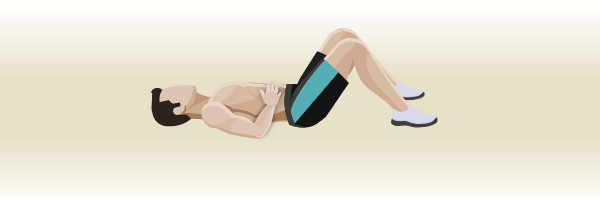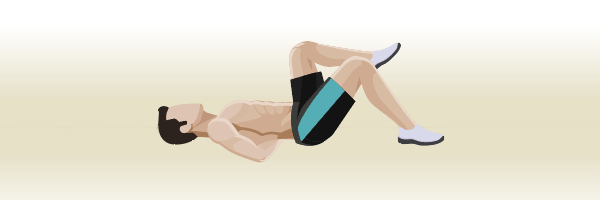A Strong Diaphragm for a Strong Core

When you think about exercising core muscles, do you remember your diaphragm? Its two main functions involve breathing and biomechanics, and it’s one of the most important muscles for maintaining intra-abdominal pressure (Nelson 2012). Intra-abdominal pressure is like a weight belt applied from the inside. If your body can’t regulate this pressure, you may experience poor motor control and lack of spinal stability. Plus, when the diaphragm is not properly engaged, other muscles must compensate, increasing your risk of injury.
The spine is like a sailboat’s mast, which must take pressure from the sails to create movement. If the mast lacks support and is wobbly, the boat won’t go far. Your core muscles are the support system for your spine; they stabilize the spine while other muscles move load. If your core muscles can’t maintain internal pressure and the spine loses stability, your ability to move suffers, too. To activate the diaphragm and keep your spine strong and stable, it’s important to breathe properly.
Dysfunctional or limited breathing is more common than you’d think! It’s likely that inhibited breathing, caused by poor posture and bad habits, is limiting your performance, so learning functional breathing is the first step toward getting a stronger core.
The following three exercises from Toronto-based exercise physiologist Gilles Beaudin, MSc, can help you breathe a little more easily. If you can’t perform the third move effectively, go back and focus on the first two.
Exercises for Core Stability
Breath Awareness
This first exercise helps you become aware of the breath:
- Lie flat on your back, knees bent, feet on the floor.
- Put one hand on your chest and the other on your belly, below the ribs.
- Take a deep breath, noticing that the hand on your belly rises on the inhalation while the hand on your chest stays stable.
- Inhale for 3–4 seconds and exhale for 6–8 seconds. Feel the lower ribs expand—this is the diaphragm contracting.
- Practice until the breath flows smoothly in and out.
Abdominal Brace
The next step is to brace the abdominals as you breathe:
- Inhale as in the first exercise.
- As you exhale, bring the lower ribs in a little and brace the core.
- Hold the contraction as you inhale and exhale. The inhalation will be limited; that’s normal.
The goal is to get used to the breath’s movement without losing intra-abdominal pressure.
Modified Dead Bug
- From the same supine position, lift both feet off the floor, thighs at 90 degrees to hips, knees bent.
- Slide your hands into the small of your back, beneath the natural lumbar curvature.
- Repeat the abdominal brace. As you exhale, touch one foot to the ground.
- Inhale, bringing the foot back to its starting position.
- Alternate legs, left to right, while maintaining uniform pressure on the hands—no more, no less.








